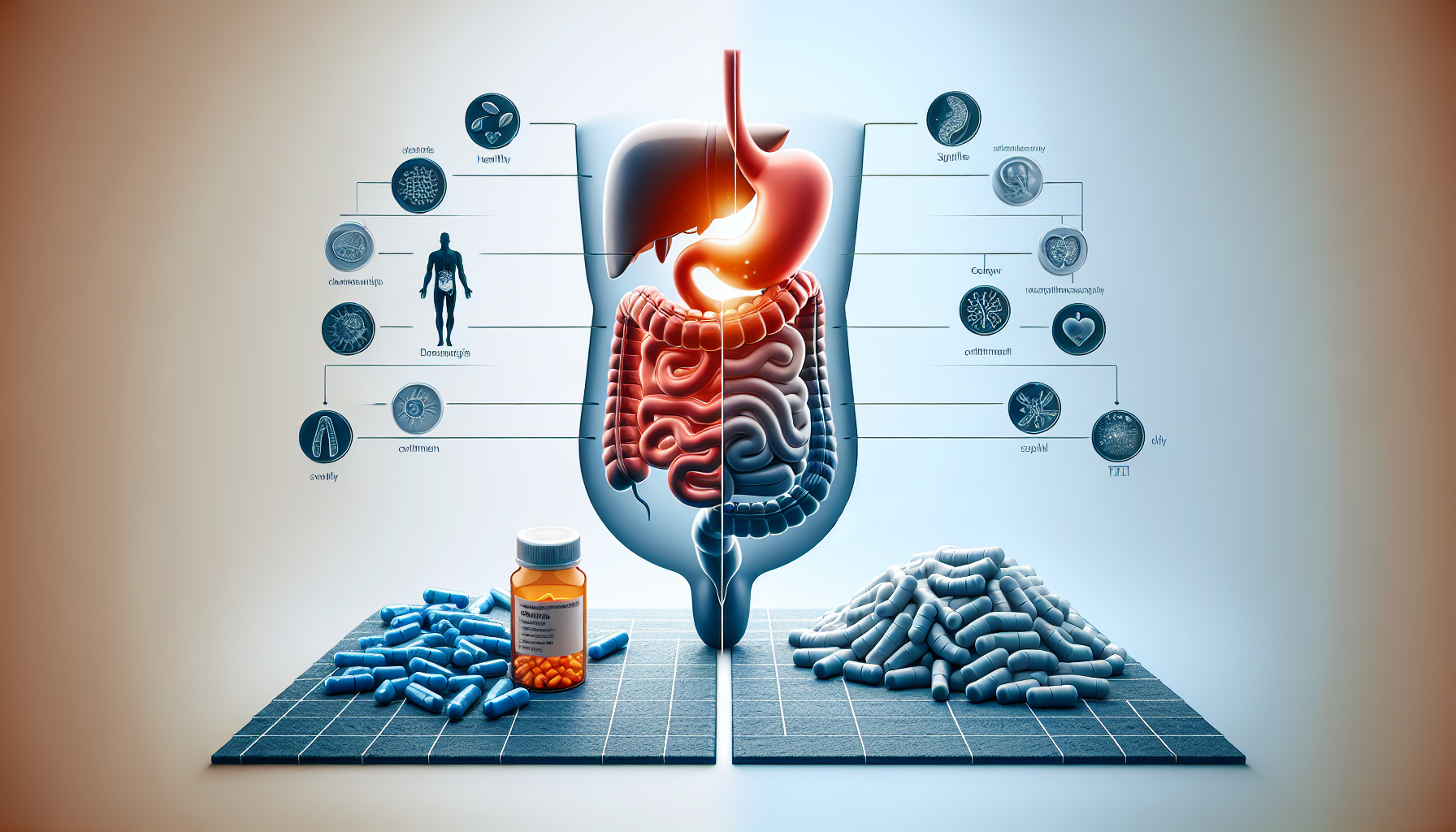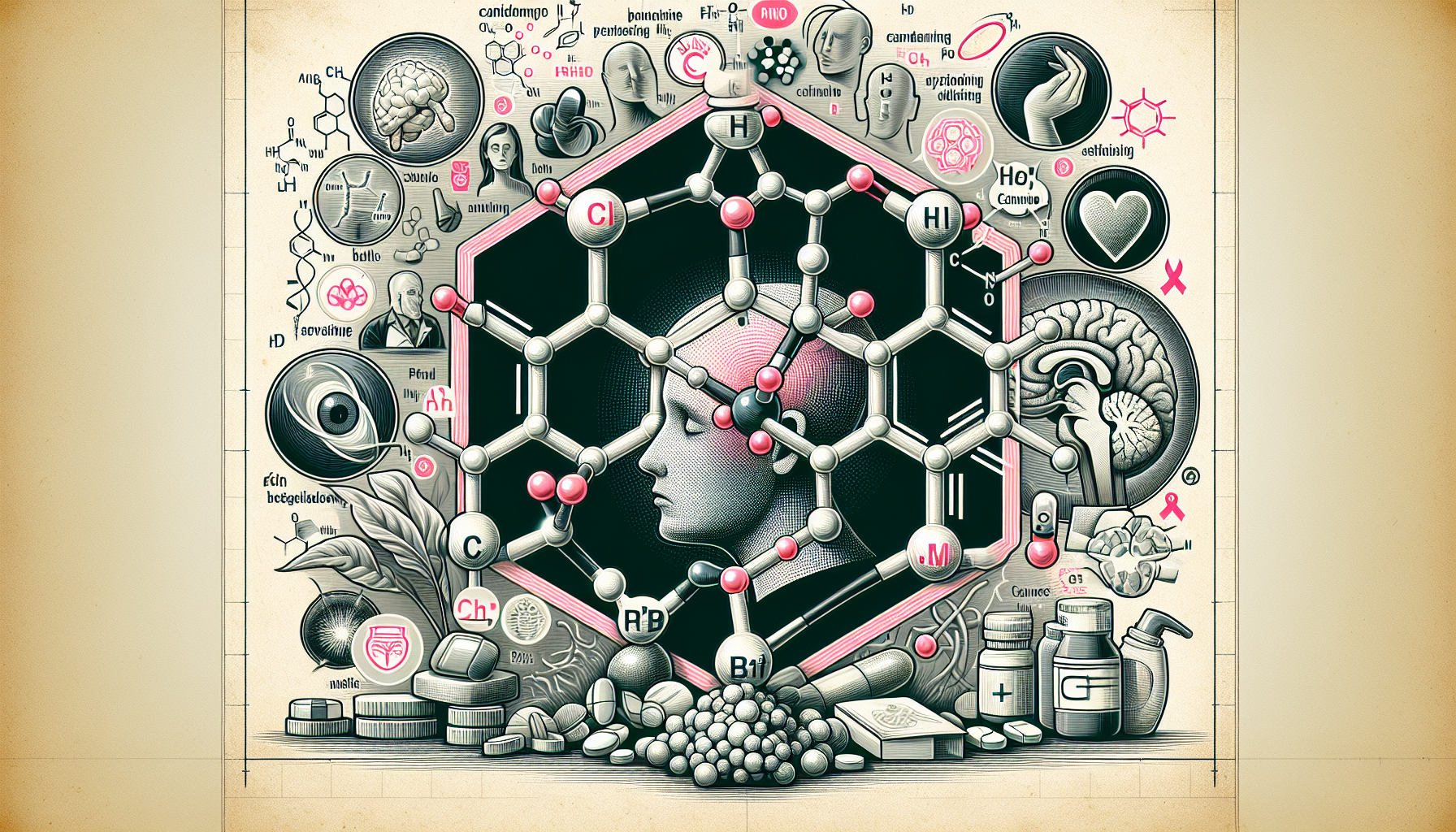Hypertension Risk After Donating a Kidney: What You Need to Know
Key Takeaways
- Donating a kidney does not significantly increase the risk of developing hypertension.
- Kidney function stabilizes and adapts over time after nephrectomy.
- Follow-up care remains essential to ensure ongoing kidney health.
Did You Know?
Introduction to Living Kidney Donation and Health Concerns
Donating a kidney to someone in need is a noble act that can save lives. For many patients with kidney failure, a transplant from a living donor offers a better quality of life and longer survival compared to dialysis or receiving a kidney from a deceased donor. However, potential donors often worry about the long-term health implications of donating a kidney.
Study Overview: Tracking Health of Donors and Nondonors
A recent study involving 924 living kidney donors and 396 nondonors aimed to assess the risk of developing hypertension (high blood pressure) after donating a kidney. Researchers monitored the health of participants over a median follow-up period of 7.3 years, recruiting participants from 17 transplant centers in Canada and Australia.
Understanding Hypertension and Kidney Function
Hypertension, or high blood pressure, can lead to serious health issues like heart disease and stroke. Kidney function, measured using the estimated glomerular filtration rate (eGFR), is another critical health parameter. A typical concern is whether kidney donors develop high blood pressure more frequently than nondonors, especially since they are left with only one kidney.
Key Findings on Blood Pressure
The study found that the risk of developing hypertension was similar between kidney donors and nondonors. About 17% of both groups developed high blood pressure within the follow-up period, indicating no significant increase in risk for those who donated a kidney.
Changes in Kidney Function After Donation
Initially, donors experienced a drop in their eGFR after the nephrectomy (kidney removal surgery). However, over time, the decline in eGFR was slower in donors compared to nondonors. This adaptation suggests that the remaining kidney compensates, maintaining acceptable levels of kidney function.
Albuminuria and Kidney Health
The study also assessed the risk of albuminuria, which is the presence of protein in the urine and can be an indicator of kidney damage. Slightly more donors (15%) than nondonors (11%) developed albuminuria. However, this difference was not deemed statistically significant.
General Health and Quality of Life
Researchers monitored the overall well-being of participants. They found that donors reported slightly lower physical health scores three months after surgery, but these scores returned to baseline in subsequent years. Both donors and nondonors reported similar levels of mental health, depression, anxiety, and overall quality of life.
Long-Term Mortality and Serious Health Events
Over the follow-up period, 1% of donors died, primarily due to causes unrelated to kidney donation, such as cancer. No nondonors died during the study. The risk of serious cardiovascular events and kidney failure was also low and comparable between both groups.
Implications for Potential Kidney Donors
The results reassured that donating a kidney does not significantly increase the risk of developing high blood pressure or serious kidney issues within the first seven years post-donation. Still, lifelong monitoring of kidney health is recommended for donors.
Conclusion: Safe and Guided Donation
Kidney donation is generally safe for carefully selected donors. Potential donors can have confidence in the safety of the procedure, with no significant long-term increases in hypertension or severe kidney problems. Continuous follow-up care remains crucial for maintaining health post-donation.
References
- Global Observatory on Donation and Transplantationhttps://www.transplant-observatory.org/countkidney/
- Living Kidney Donation: Guidelines and Researchhttps://www.bmj.com/content/354/bmj.i4746
- Long-Term Health Risks in Living Kidney Donorshttps://www.acpjournals.org/doi/10.7326/M17-1235
- Impact of Living Kidney Donationhttps://www.thelancet.com/journals/lancet/article/PIIS0140-6736(14)62484-3/fulltext






